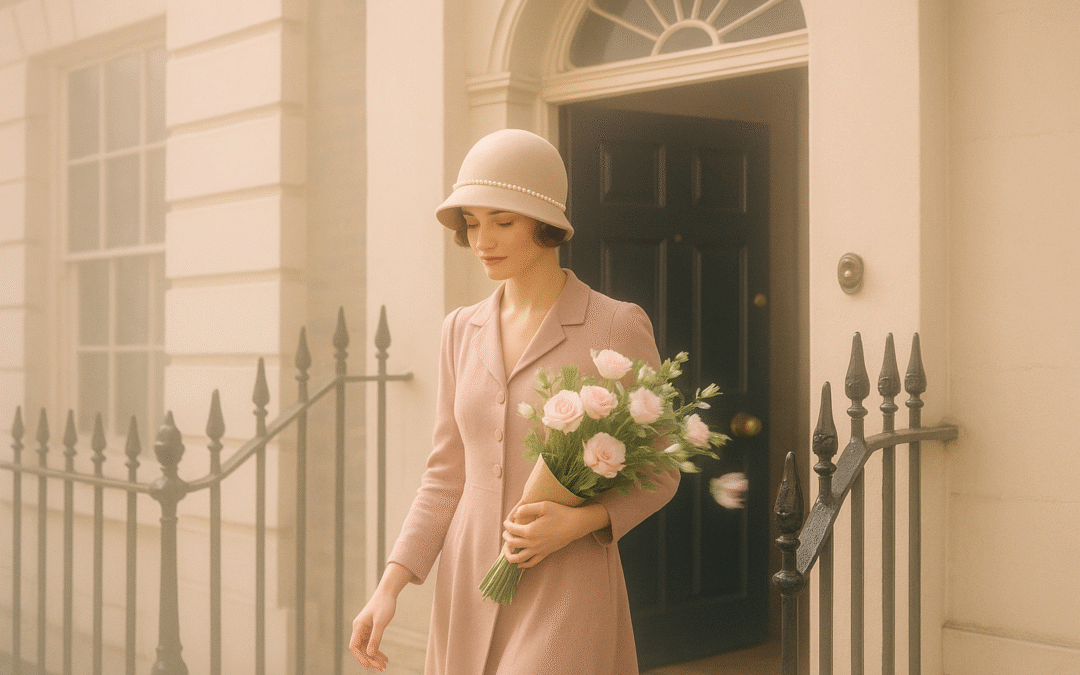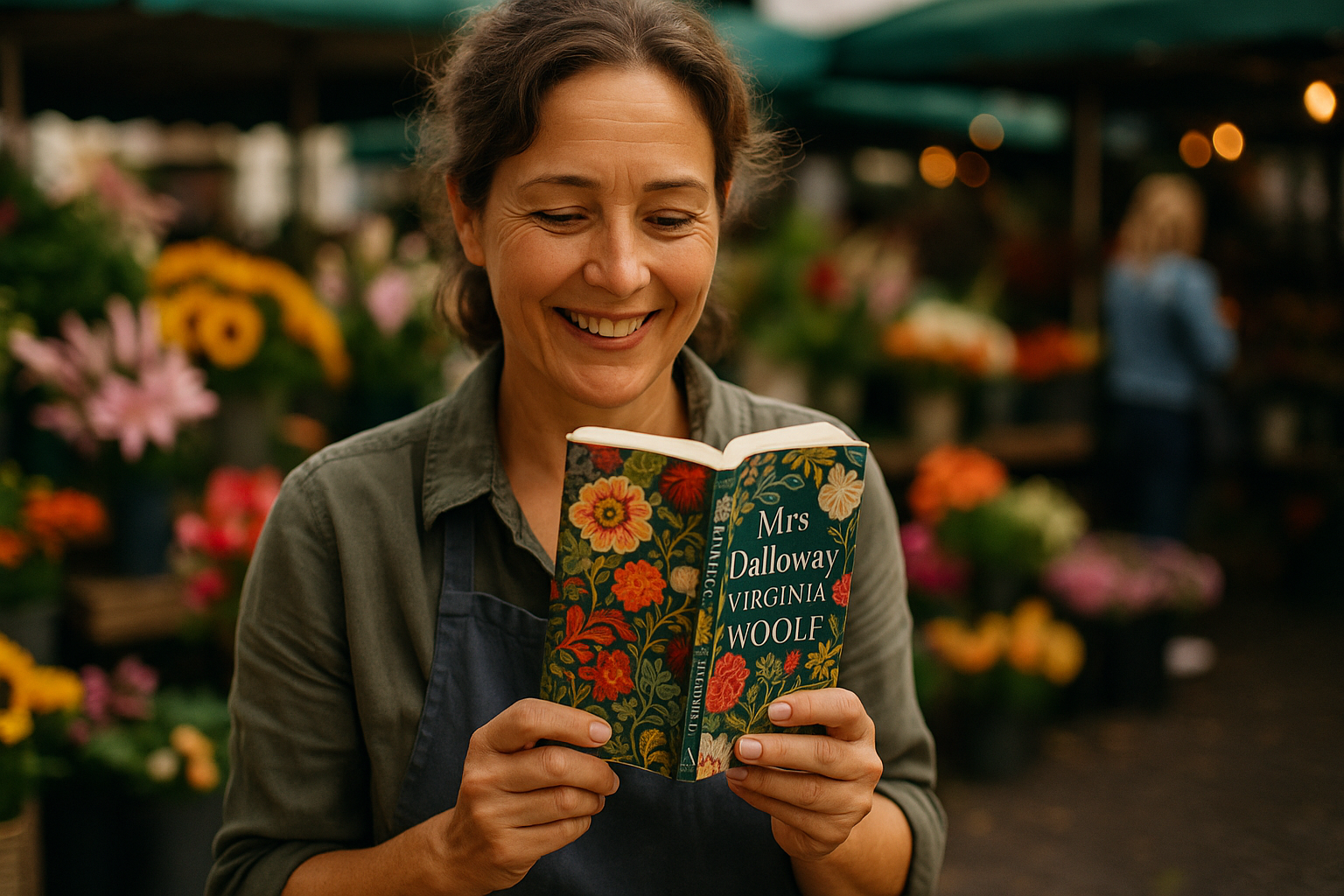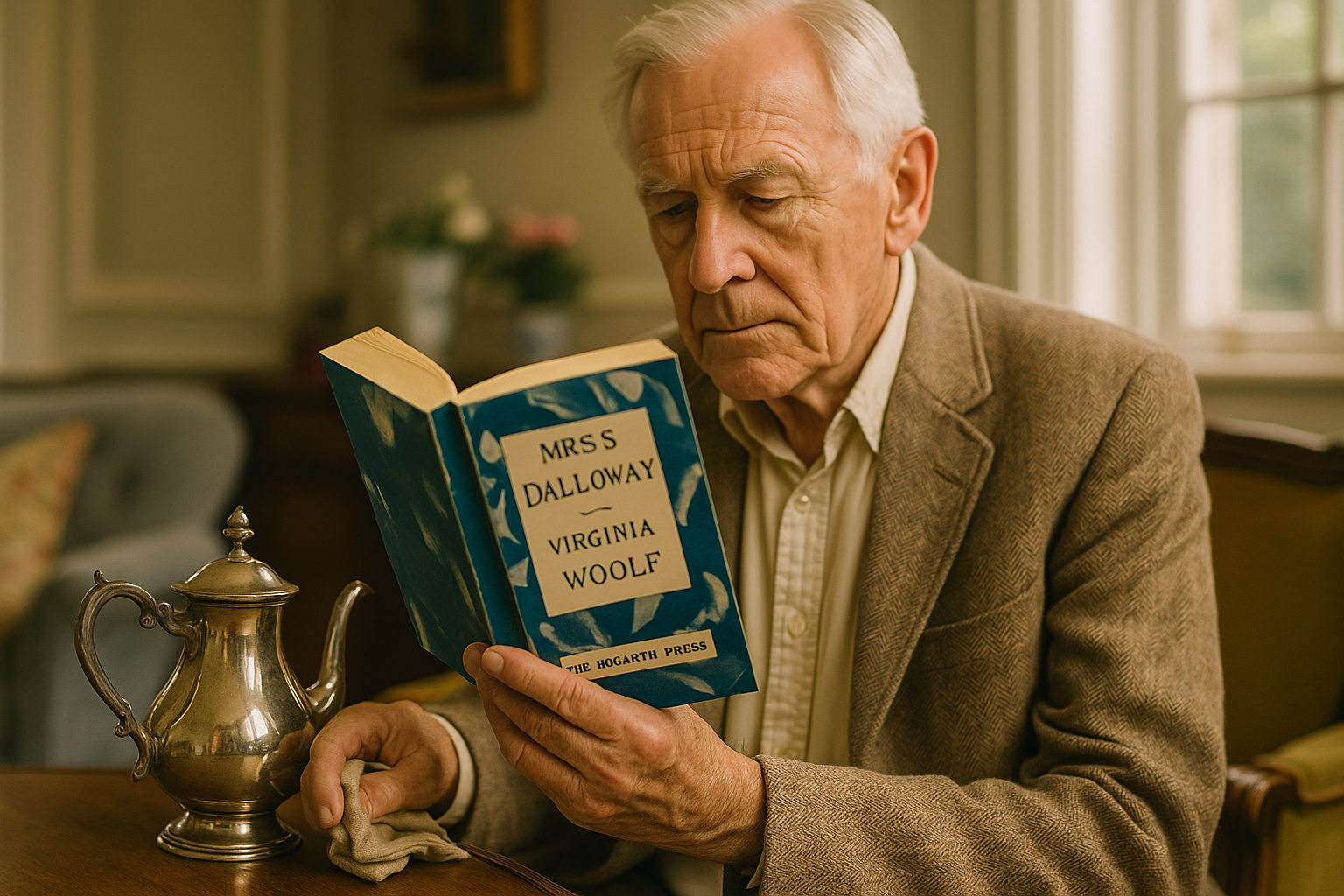In the Heart of Time: 'Mrs. Dalloway' and the Quest for Self
Immerse yourself in Virginia Woolf’s “Mrs. Dalloway”, a captivating exploration of consciousness and the complexity of life through the characters’ stream of thoughts. Discover why this modernist masterpiece remains essential to understanding the depth of human experience.
“Mrs. Dalloway”, published in 1925, is an emblematic novel by Virginia Woolf, a major figure in modern literature. Set over the course of a single day in the life of Clarissa Dalloway, a woman of London’s high society, the novel explores the complexities of the human spirit and the intricacies of inner life through the stream of consciousness. Woolf weaves a rich tapestry of thought and experience, linking the characters and their perceptions of the world in a profoundly innovative way.
Summary and structure
The novel follows Clarissa Dalloway’s preparations for a party she is hosting at her house that evening. At the same time, the story of Septimus Warren Smith, a World War I veteran suffering from post-traumatic stress disorder, unfolds, creating a poignant contrast with Clarissa’s seemingly carefree world. The characters’ inner reflections on the past, their relationships and the meaning of life intertwine, revealing themes of time, memory and existence.
Themes and analysis
“Mrs. Dalloway” tackles themes such as the fragility of the mind, the perception of time, and social isolation. Woolf explores the duality of human existence through the contrast between outer appearances and inner realities. The stream-of-consciousness technique enables deep immersion in the characters’ thoughts and feelings, offering an intimate view of their struggle to find meaning and connection in a fragmented post-war world.
Characters and development
Clarissa Dalloway, with her charm and complexity, is at the heart of the novel. Her contemplation of choice, happiness and regret reveals the underlying tensions of her seemingly fulfilled life. Septimus Warren Smith represents the invisible scars left by war, his story echoing the quest for healing and understanding. The interactions between the characters, even if they never meet directly, underline the interconnectedness of human experience.
Impact and reception
On publication, “Mrs. Dalloway” was hailed for its revolutionary narrative form and profound psychological exploration. The novel established Woolf as a major voice of literary modernism, significantly influencing the way narratives are structured and perceived. Her ability to capture the essence of human experience in all its complexity continues to fascinate readers and critics alike.
Why read this book?
Reading “Mrs. Dalloway” offers a unique literary experience, plunging the reader into the depths of the human mind and the nuances of everyday life. The novel invites reflection on life choices, the importance of human connections and the ephemeral beauty of moments. Woolf, with her poetic prose and innovative approach to narrative, creates a work of extraordinary richness and resonance.
Conclusion
Virginia Woolf’s “Mrs. Dalloway” is a masterwork that transcends time, offering a penetrating insight into the human psyche and the complexity of life. The novel remains a pillar of modern literature, a testament to Woolf’s ability to express the inexpressible and explore the vast landscapes of the human interior.
Latest Reviews & Analyses
Stay Updated with Our Latest Reviews
Join our community to receive exclusive insights and updates on groundbreaking literary works.
Find Your Next Literary Adventure
What Our Readers Are Saying

Maria Chen
“An enlightening journey through the pages of literary brilliance. A must-visit for any book lover!”






